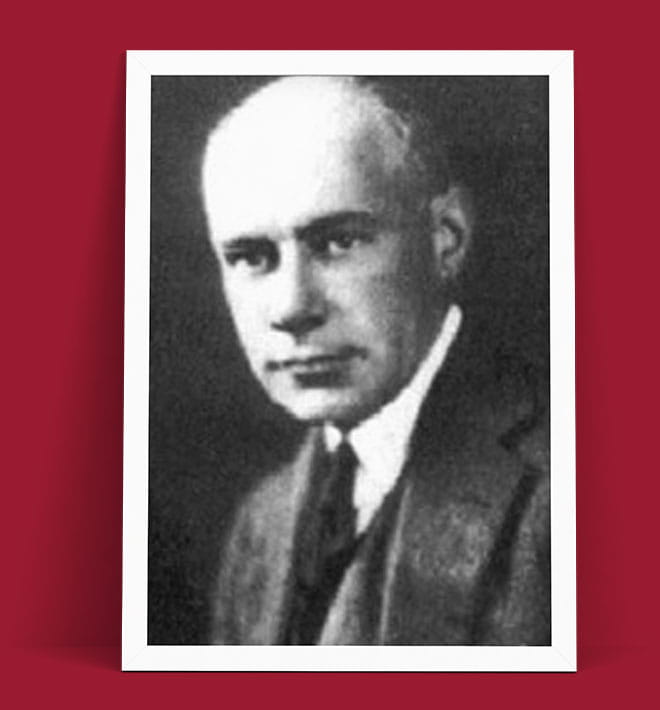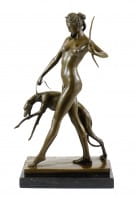Edward Francis McCartan (1879-1947)
was an American sculptor, best known for his decorative bronzes done in an elegant style popular in the 1920s.
He earned fame for his sculptures made after the archetype of ancient Greek sculptures. His style as well as his work was influenced by the French artist Jean-Antoine Houdon.
McCartan was born on August 16, 1879 in Albany. He studied at the Pratt Institute, with Herbert Adams. He also studied at the Art Students League of New York with George Grey Barnard and Hermon Atkins MacNeil, and then in Paris for three years under Jean Antoine Injalbert before his return to the United States in 1910.
The life of Edward Francis McCartan
After he did win the "Helen Foster Barnett Prize" in 1912, he made more garden figures and even earned more awards for his sculptures.
In 1914 he became the director of the department of sculpting at the Beaux-Arts Institute of Design in New York City and started to teach students. He rented a studio by the contemporary artist and his friend Malvina Hoffman and lived and worked there for the next ten years. 1915 he presented his Girl drinking from a Shell at Albright Art Gallery and made the figure "Nymph and Satyr" in 1916.
Influences on his works
Nymph and Satyr is his most famous statue of this period. In 1920 he returned to America. He worked on his return from Karl Bitter, where he created the Pan which was exhibited at the National Academy of Design and at the Panama-Pacific International Exposition in San Francisco.
A smaller version of his Diana he created in 1923 got bought by the Metropolitan Museum of Art. Making this little figure finally pushed his career forwards and the artist opened up his first own studio in 1924 and became a fully member of the Academy of Design in 1925.
Posthumously honored by the National Sculpture Society, his public monuments were few - but the Eugene Field Memorial (Winken, Blinken, and Nod) can still be found in the Lincoln Park Zoo, Chicago.
Other work can be found at Brookgreen Gardens in South Carolina.[2] New Jersey Bell Headquarters Building, a national historic site in Newark, New Jersey includes pilasters by the artist. He worked on a pediment for the Department of Labor Building, in 1934 to 1935. McCartan died on September 20, 1947 at the age of 68 years in the United States. Some of his sculptures can be seen at Brookgreen Garden South Carolina today.





